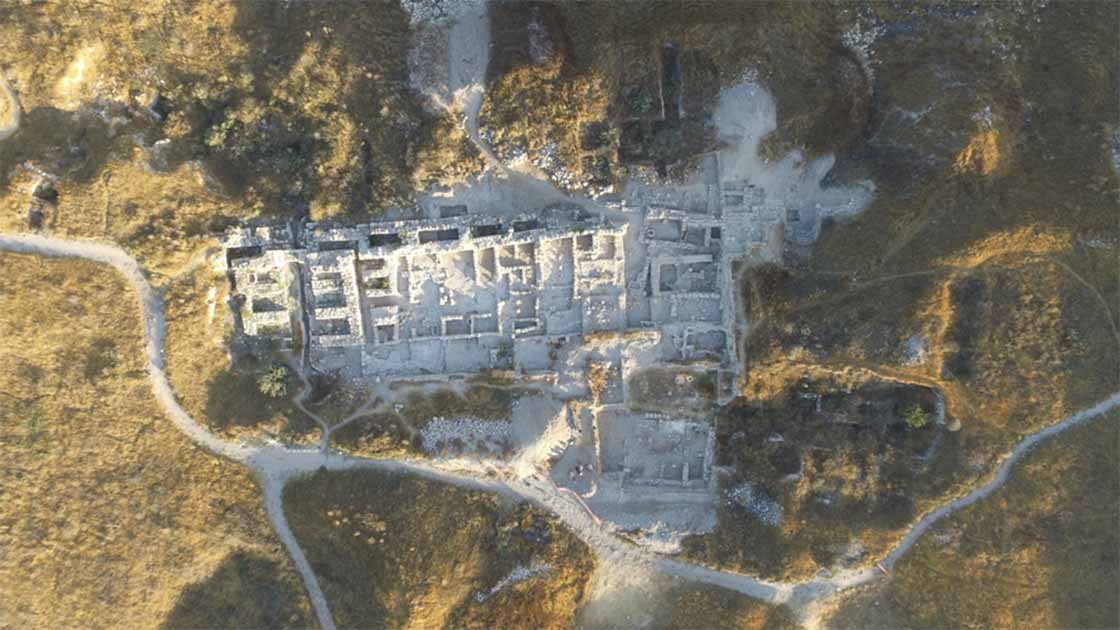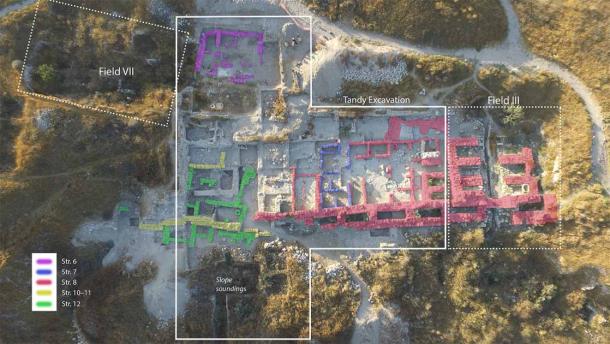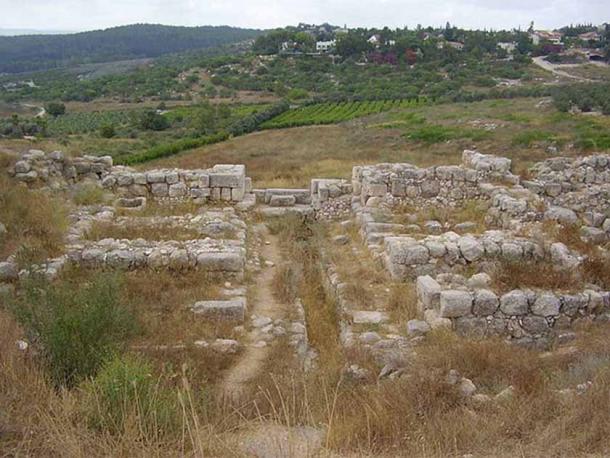Biblical Story is Supported by Archaeological Evidence from the Kingdoms of David and Solomon

After much hemming and hawing, it seems that the Biblical kingdoms of Solomon and David did exist, as per groundbreaking new research that has been revealed in a new study. Fresh details of a timeline and chronology of events have emerged from the ancient southern Levantine city of Gezer using radiocarbon dating, along with new archaeological evidence. This includes gates, defensive walls, and a large administrative building dated to the early 10th century BC, coinciding with the time frame of King Solomon’s reign, just as it was mentioned in the Bible.
Radiocarbon Dating and Timelines of the Kingdoms of David and Solomon
A recent radiocarbon study of the ancient ruins of Gezer, located in central Israel and dating back 3,000 years, was published in the journal PLOS ONE on Wednesday. The study puts forth new evidence that contributes to the ongoing debate about the historical accuracy of biblical narratives. Specifically, it addresses questions surrounding the existence of the legendary kingdom of David and Solomon, though at no point claims to corroborate the existence of a United Monarchy of Israelites.
Gezer, characterized as a tel—an artificial mound shaped by the buildup of layers of human habitation over millennia—has a history dating back over 3,600 years to the Middle Bronze Age. During this period, it served as a significant Canaanite city-state situated in the Shephelah, the hilly region positioned between Jerusalem and the coastal plain. The current study has focused itself on one layer specifically – Stratum 8.

Fig 3. From study shows an aerial view of the Tandy excavations, with a wide exposure of Iron Age strata on the central-southern edge of the Gezer mound between fields VII and III of Hebrew Union College. (Tandy archaeological expedition to Tel Gezer/CC-BY 4.0)
“Gezer is mentioned in Egyptian, Assyrian and biblical texts–sources that carry varying weight for reconstructing history. The Egyptian and Assyrian texts are contemporary with the events they describe and thus generally accepted as describing real events (notwithstanding political biases of the authors). The biblical texts were written centuries later and thus the historical realities behind them are less clear and more strongly debated,” write the authors of the study.
Over the past forty years, numerous studies have revealed that ancient remains scattered across Israel, originally thought to be associated with David and Solomon, were actually dated to approximately a century after the purported time of their reign.
This accumulation of evidence suggests a lack of concrete support for the historical existence of their kingdom. Thus, many scholars have dismissed this study and studies like this in general as politically and religiously motivated, and lacking any teeth. Modern-day political and religious conflict in the Levant have not helped debate matters of such a delicate extent either.
“I wasn’t expecting these results,” says Dr. Lyndelle Webster, the lead author on the study, as quoted by Haaretz. “I was expecting later dates, similar to what we see in settlements further north. But something different is going on here that we can’t yet explain.”

‘Soloman’s Gate’ at the archaeological site of Tel Gezer, Israel. (CC BY 2.5)
Gathering the Samples, Tying up Loose Ends
The researchers gathered samples of organic materials, predominantly charred seeds, from specific layers at Gezer corresponding to a crucial period spanning approximately 400 years, from 1300 to 900 BC. The goal was then to corroborate these findings with the events mentioned in the aforementioned texts.
The chronology of dates at Gezer aligns closely with those found in other settlements from the 11th to 10th centuries BC in the Shephelah region, such as Khirbet Qeiyafa and Khirbet al-Rai. These sites, excavated under the leadership of Professor Yosef Garfinkel from the Hebrew University, have been acclaimed by more traditionalist archaeologists as supporting evidence for the historical authenticity of the biblical narrative recounting the existence of a substantial kingdom under David and Solomon.
“This puts David and Solomon back on the table for being involved in at least some of the monumental architecture in the area, or at least we cannot rule them out in the way that these results would seem to rule out the Omrides,” added Webster.
Critical Analysis: Limitations of this Approach
However, in the 1990s, a shift towards a more critical perspective on using archaeology to validate biblical narratives emerged, with scholars like Prof. Israel Finkelstein from Tel Aviv University at the forefront. Finkelstein conducted pottery and radiocarbon dating studies, particularly at Megiddo and Hazor, revealing that the massive city gates dated to the 9th century BC.
This finding contradicted the biblical chronology, placing them a century later than the supposed time of David and Solomon. Finklestein today is quick to point out that a study of this nature is too limited in its approach to make such a claim.
Carbon dating cannot identify the builders of a structure; its utility lies in excluding possibilities outside a specific timeframe, as noted by Webster in the Haaretz report. She and her colleagues put forth several hypotheses regarding the growth of Gezer and other Shephelah settlements in the 10th century BC. These include the emergence of local Canaanite chiefdoms, the increasing influence of the Philistines on the nearby coastal plain, an early expansion of Judah or Israel, or a combination of these factors.
“The development of a radiocarbon-based chronology at Tel Gezer—a site with uniquely rich historical connections—illustrates the crucial role radiocarbon dating can and must play in reconstructing individual site histories, resolving long-running debates and testing possible correlations between archaeological remains and written sources,” write the authors in the study.